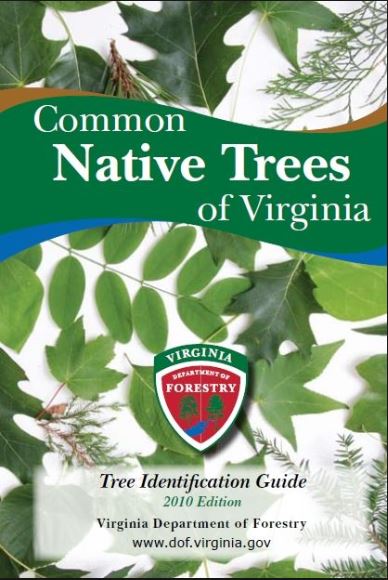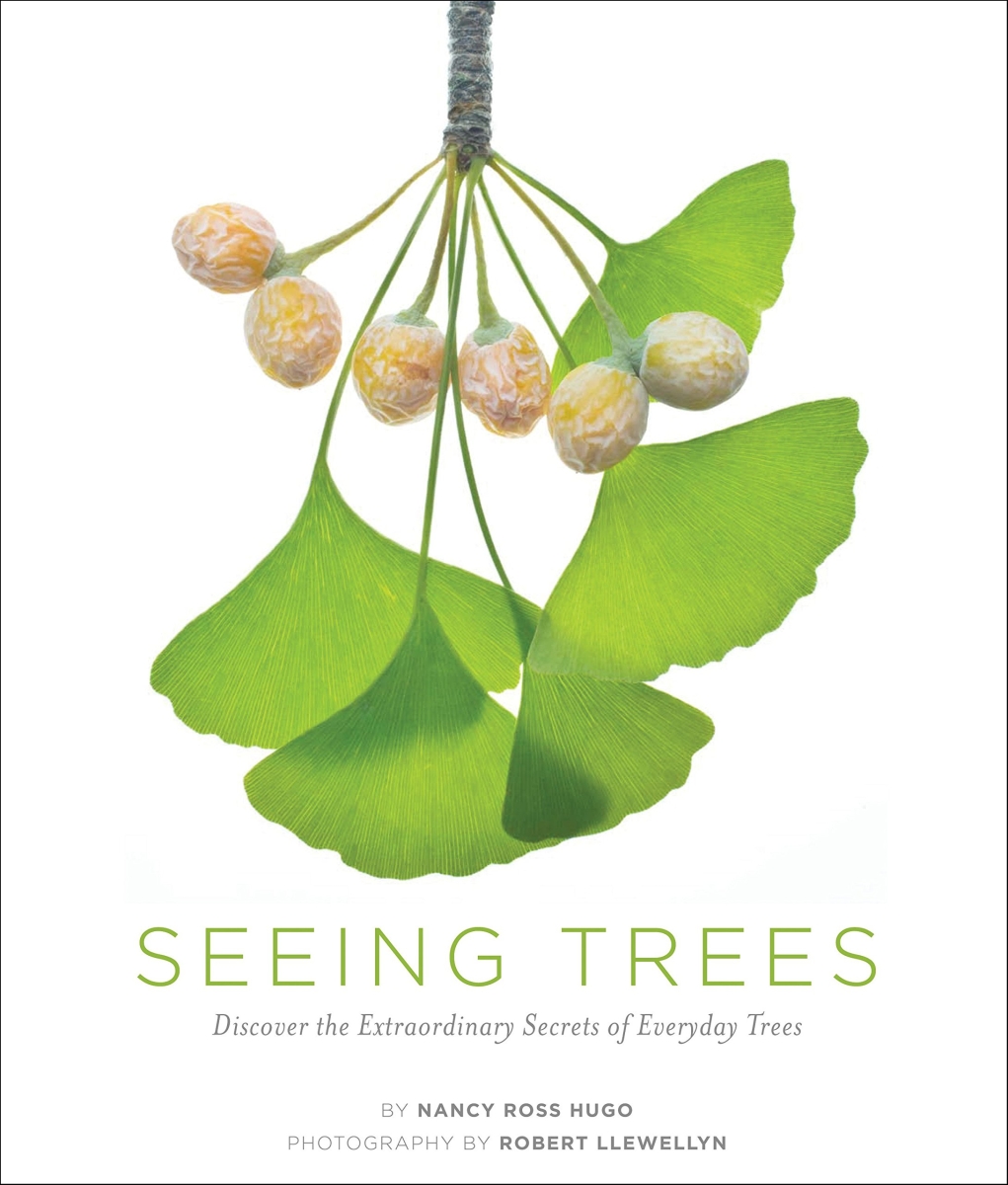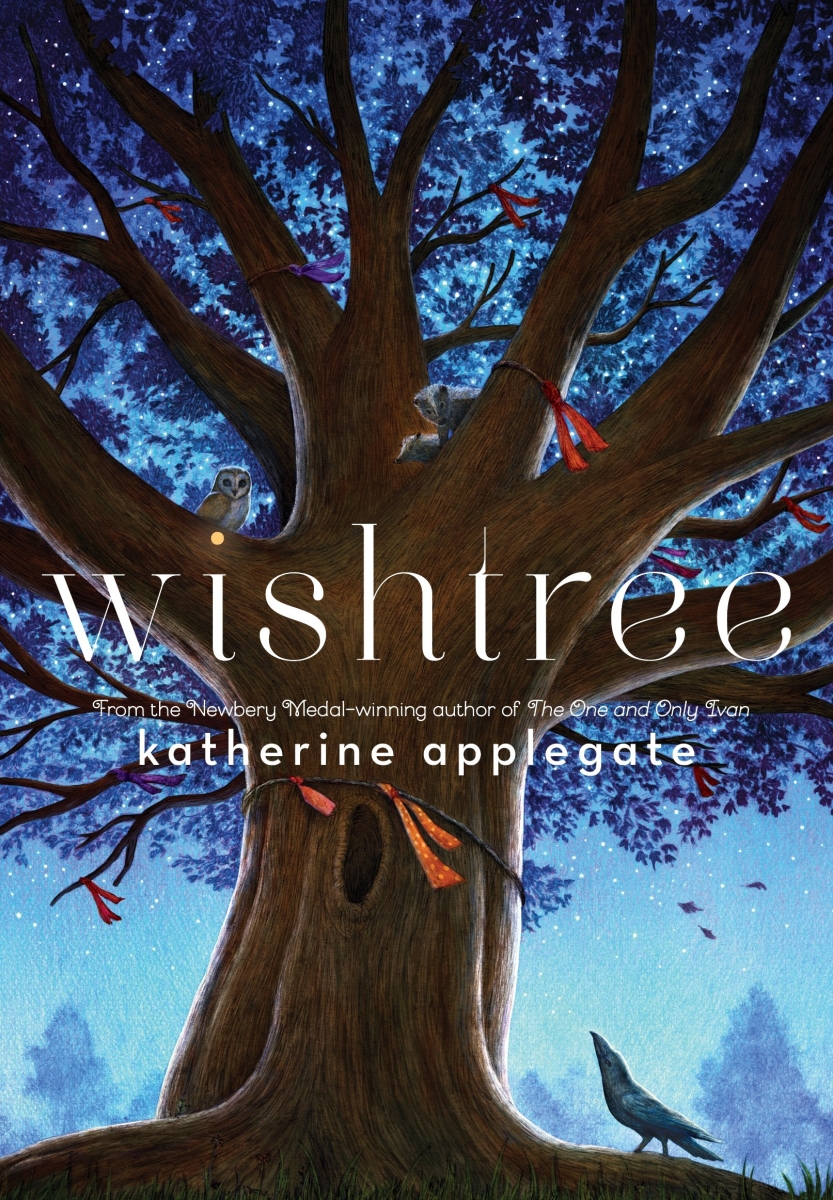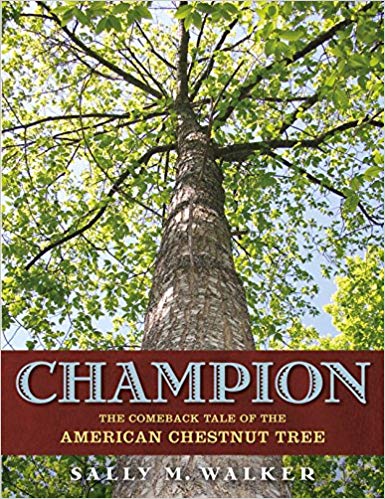To enhance classroom connections, we have developed this lesson cluster. Field investigations are more meaningful to students when they are integrated into their curriculum. This lesson cluster can be used to: increase depth of knowledge by synthesizing a variety of components in a systems approach, promote creativity in language arts and science, increase global awareness through a local action project. Before-visit activities create literacy connections, and increase student awareness of trees in their schoolyard. With the after-visit activities, students synthesize concepts learned in the field with erosion control experiments and recommendations on schoolyard habitat improvement. Click on each of the sections below to learn more about the cluster's activities. Click here for a link to the full cluster. (See each section for individual activity plans.)
Target SOL (for the field investigation. Additional SOL apply to the before and after activities.) Science (2018) 5.1, 6.1, LS.1, LS.3, LS.9, LS.11; Math (2016) 5.10
NOTE: hover over bolded phrases to find links to resources
Before: Connecting to Trees through literacy and place-based learning
Before-visit activities create literacy connections and increase student awareness of trees in their schoolyard.
During: Field Investigations
During your field investigation at Blandy, your students will engage in several indoor and outdoor lessons as they explore tree characteristics and ecological interactions with other organisms, including humans.
Below is an overview of the “typical” program activities to assist you with integrating this field investigation into the classroom experiences. Field investigations may change due to weather, the volume of students, or adjusted through communication with Blandy educators. Schedules will vary depending on the number of students and classes, here is a schedule for four classes.
- Tree Identification using a Dichotomous Key: Students use a dichotomous key and hand lenses to observe and identify several tree species. They note distinguishing features and make close observations.
- American Chestnut Legacy: A truly content integrated subject, the history and ecology of the American chestnut tree is explored. Students discriminate fine details between American Chestnuts, Chinese chestnuts, and hybrid restoration trees and leaves. They explore the ecology, history, and status of American chestnuts in the Eastern U.S. by learning about restoration efforts.
- Making your own key: Given six tree samples, students work in small groups to construct their own dicot key and then justify their reasons for the key’s structure. This allows students to investigate the structural organization of trees using notable features.
- iNaturalist- Community Science: Students conduct observational studies of plant species at the Arboretum and share this information with community science networks.
After: Action Projects for the Schoolyard
After-visit activities, students synthesize concepts learned in the field with an erosion control experiment and recommendations on schoolyard habitat improvement. Click on each of the sections below to learn more about the cluster's activities.
After 1- Trees in your Schoolyard- Action Project
After 2- Erosion Control: Planning a Hillside Garden
Literacy

- Identify trees in the schoolyard or collect specimens from home to ID. Non-native (exotic) trees will not be in the key, however after students become comfortable with using the key – perhaps they could make a key for their schoolyard.
- Pair with Seeing Trees to give the technical vocabulary meaning.
- Perhaps calculate “value” of the trees in terms of lumber or other values and uses or even carbon sequestration.

- Art connection: collect fallen or broken pieces to carefully observe and record (sketch, paint, sculpt, photography). Pair with Common Native Trees of Virginia for vocabulary and other details.

- List animals in the book, create a web of interdependence.
- Each animal and tree species has its own naming protocol. Discuss and have students choose and justify their own naming protocol and name.
- Have a wishtree day. Select a tree in the school yard to be a wishtree (perhaps have campaigns for different trees). Record wishes on biodegradable materials (color-coded for items wanted wishes, silly wishes, people to people wishes, and so on). Wishes should be recorded on materials that can be used by wildlife/decay.

-
Chapters 1 & 2 discuss the history and economics of this tree. Students can create a timeline of events mentioned
in the text and add others from American history. The timeline can be extended through the remainder of the book
to cover the history of restoration efforts. Timelines are sometimes represented as rings on a tree, which could be
a nice visual. -
Specific economic uses are listed in chapter 2. Make a list of the uses of a chestnut tree, research each use, and describe modern parallels. Crossover into mathematics: calculate the value of the tree for each use and adjust for modern inflation. How valuable could an acre of healthy chestnut trees be?
-
Scientific literacy: three different efforts to save the American chestnut are described in chapters 4-7. Make pro/con tables for each method, and have students select a method to defend in a debate or persuasive writing piece.

